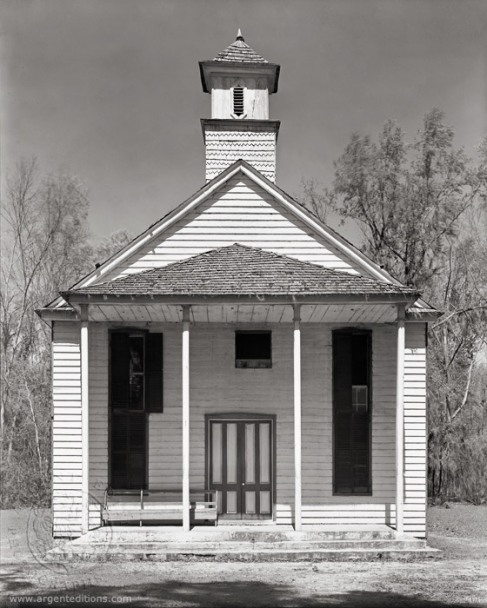Photography by it’s very nature is an interpretation of ‘reality’, so I find it humorous that there is often such outrage around the authenticity of a picture. Is there any such thing as a ‘true’ image. One of the most legendary photographers ever Ansel Adams himself equates the capturing of photographs like a musical score, and the printing is the performance. “The negative is comparable to the composer’s score and the print to its performance. Each performance differs in subtle ways.” And there are many ways that that performance could be done by an individual.
Some photographs can be intentionally misleading in the content however. This image below is of a ten foot stone figure that was dug up in Cardiff, N.Y., in 1869. The rumour started that it was the petrified corpse of a prehistoric giant. It latter came to light that it was a gypsum carving and was a hoax perpetrated by a man named George Hull. The photo was taken and then used as ‘proof’ of the giants existence.

These two images are examples of the lengths people will go to to try and discredit people in power, in this case US presidents. Both images turned out to be manipulated images painting the men as something they are not.


http://www.brainyquote.com/quotes/authors/a/ansel_adams.html
http://www.cracked.com/photoplasty_611_24-famous-photos-you-wont-believe-were-fake_p24/#5



